Juksunchae
From a poetic arrangement of sea urchin bibimbap to Korean’s prized barbecued galbi, Juksunchae creates a narrative that stirs and satisfies expectations.
The buzz: Despite the sheer avalanche of the Korean cuisine craze in Bangkok, the lack of Korean fine-dining restaurants comes as a bit of a surprise. Sure, we can point you in the direction of Korean barbecue—high-end and affordable—or specific dish specialists like bibimbap, jajangmyeon, or even fried chicken. But no, there has never been Korean fine dining in Bangkok. Until now. Juksunchae, the newly-opened Korean haute restaurant in Ruamrudee, takes traditional fare and modern techniques to create a totally new gastronomic narrative.
The vibe: Sitting atop on the fifth floor of Woodberry Common, Juksunchae sports a cool, brutalist look, with soot-colored concrete and L-shaped dark marble counter setting the stage for the kitchen’s crews. The raw concrete, though, is tempered with brown wood shutters, along with other evocative elements that show a nod to Korea with antique porcelain vases, jipsin (straw shoes), and onggi (earthenware) storing fermented and pickled ingredients for the day.
The food: If a cuisine were a narrative, the dishes at Juksunchae would be more like free-form verse where concepts are stripped bare but retain their essence. Born in Korea and growing up in Canada, Chef Henry tells BK the experience allows him to know the cuisine and re-engineer the concept while introducing nuance to those unfamiliar with the cuisine. The 11-course experience (B4,990) starts the story with five amuse bouches: moon-eo dubu bugak (plumb octopus wrapped in a crispy tofu), eo mandu (a nod to Korean court cuisine, using white flour wrapping kimchi, bacon, seaweed, and sea bream with bones that dub as a fork), lobster jook (Korea’s answer to rice porridge, with pickled lobster meat and foam), a bite of yukhoe (Korean beef tartare with spring onions and egg yolk), and doenjang ddalgi (a candied strawberry fermented with soybean paste). The first course arrives with domi hoe (a fileted raw sea bream served with velvety slices of pear), something Henry boldly claims to be more indulgent than Japanese sashimi. The bouncy fresh sea bream interplays with the crisp pear compressed with pomegranate and gochujang (Korea’s ubiquitous chili paste). The next dish, lobster marinated in soy sauce, is a nod to the chef’s childhood favorite where you can either wrap the lobster with rice and roasted seaweed or enjoy it with pickled shallots. Though traditionally made with beef, his bulgogi swaps the meat for oyster, seared and seasoned with citrus and arriving piping hot. On a more impressive note, Henry takes on the concept of humble temple cuisine in Korea by presenting beoseot, a variety of earthy mushrooms, bamboo shoots, and burdock roots with pine nut sauce that goes well with jelly made from bokbunja wine cultivated from black berries. The scene, however, is upstaged by the bibimbap, a fun take on an all-time favorite Korean dish. Henry takes the literal, straightforward concept of the dish, featuring a creamy sea urchin custard, caviar, and rice, which achieves a perfect harmony thanks to the white kimchi sauce at the center. Equally astonishing dish is the foie gras with five different presentations of chestnuts; we’re especially fond of the crispy chestnut croquettes that offer sweet overtones. The course ends with hotteok, a Korean street treat, which sees a chewy, mochi-like pancake stuffed with three types of bean paste served with vanilla ice cream.
The drinks: Coming to Korean restaurants of any kind without having a shot of soju is a big no-no. Though there are few options available for shots and bottles (starting B70), Henry tells BK that the team are in the process of landing a deal with a premium-quality soju distillery. Wine lists are also available both by the glass and bottle (starting at B380)
Why we’d come back: There’s merit in blazing the trail as the first Korean fine-dining restaurant in Bangkok—but is it a pioneer or a stepping stone? With its simplistic yet sophisticated presentation that allows novice diners to partake in the experience, Juksunchae easily fits in with the former. Per a conversation with Henry, he aims to model his food experience after Korean seasonal ingredients, which means the menu will rotate 4-6 times a year. Considering this first salvo, we’d be thrilled to see what lies ahead. By Porpor Leelasestaporn
5/F Woodberry Common. Soi Ruamrudee. Pathumwan. Bangkok. Open Wed-Mon 6:30pm. 098-333-4498
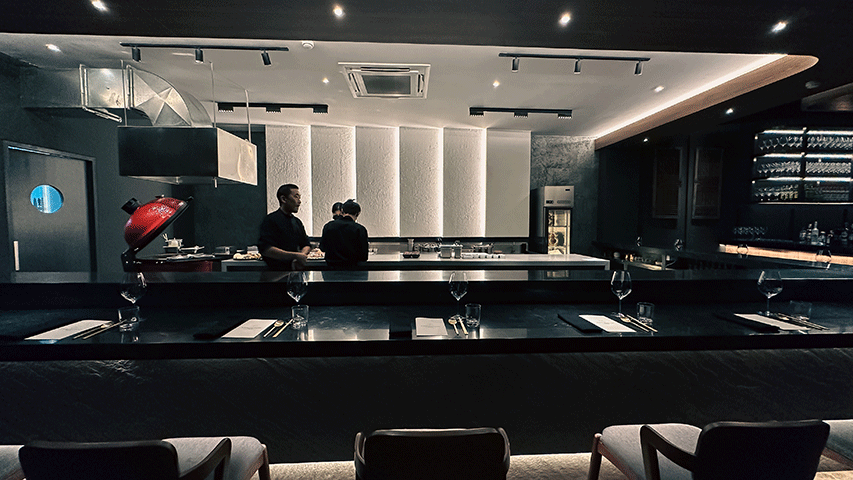



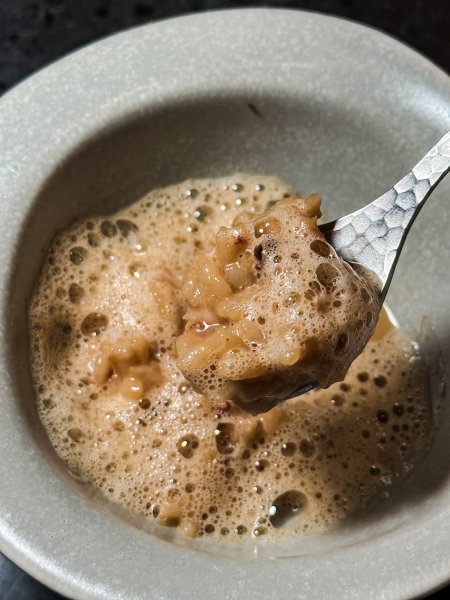



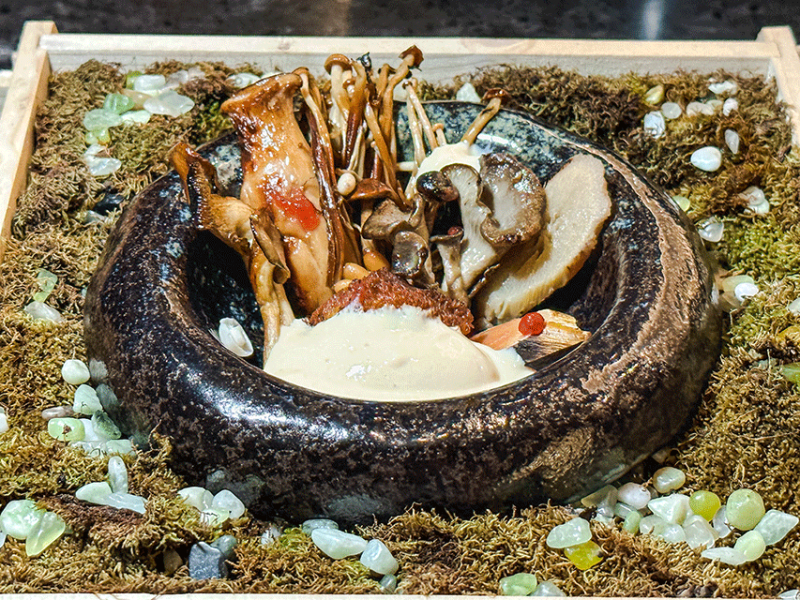
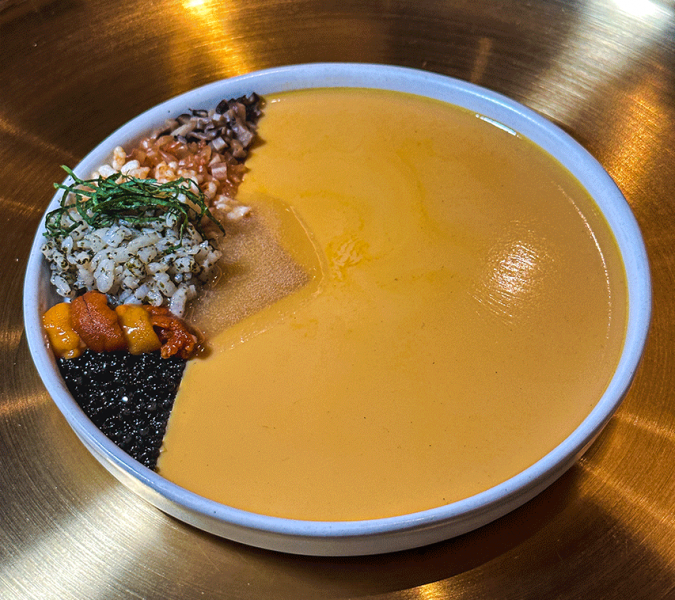


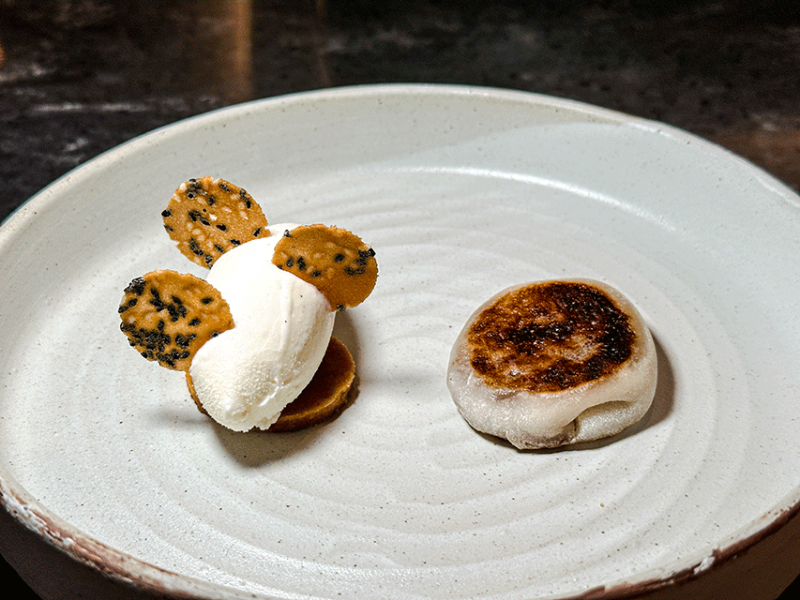
| Address: | Juksunchae, Bangkok, Thailand |
| Cuisine: | Korean |
| Report a correction | |










